A curated list of awesome Deep Learning tutorials, projects and communities.
Research and publish the best content.
Get Started for FREE
Sign up with Facebook Sign up with X
I don't have a Facebook or a X account
Already have an account: Login
Get weekly or monthly digest of all posts in your inbox: https://fmcs.digital/wim-subscribe
Curated by
Farid Mheir
 Your new post is loading... Your new post is loading...
|

Curated by Farid Mheir
Get every post weekly in your inbox by registering here: http://fmcs.digital/newsletter-signup/
|




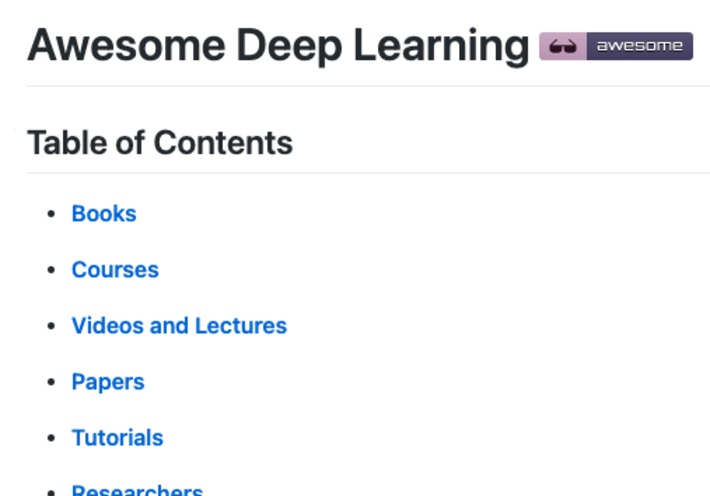

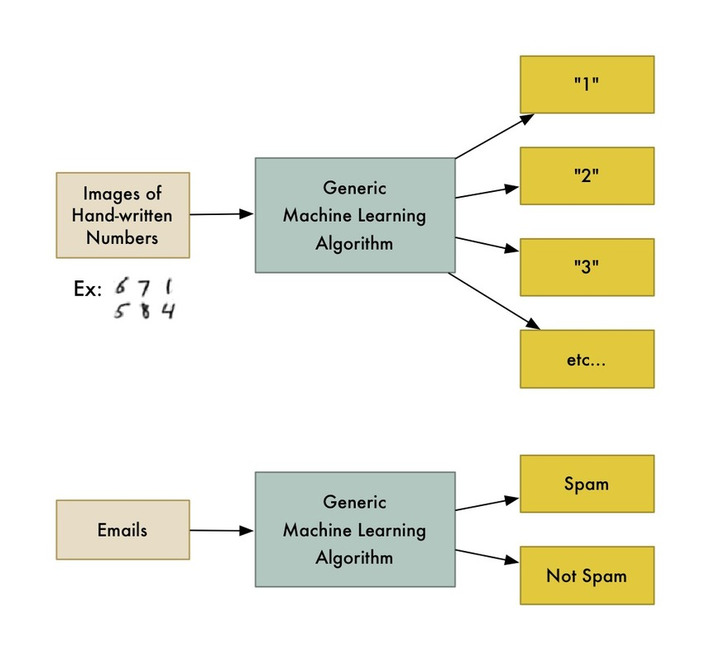
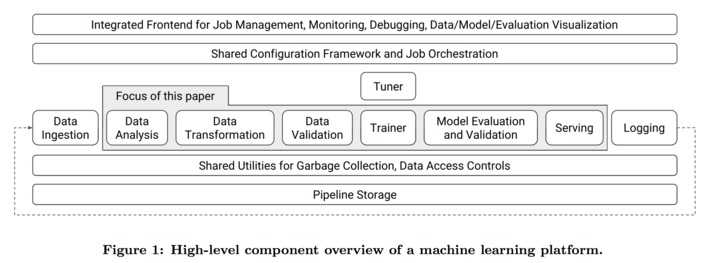
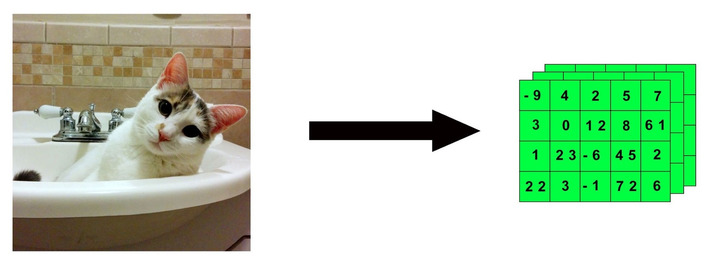
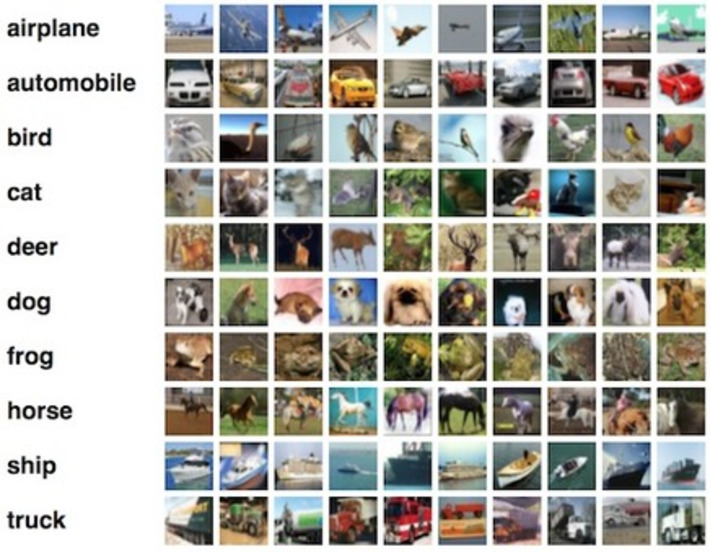








WHY IT MATTERS: this list is most useful as it contains hundreds of links and references curated by the community. What is also noteworthy is how it is maintained and delivered: using gitHub, the solution to manage open source projects. It serves for me as a guide about what is possible when using crowdsourcing.